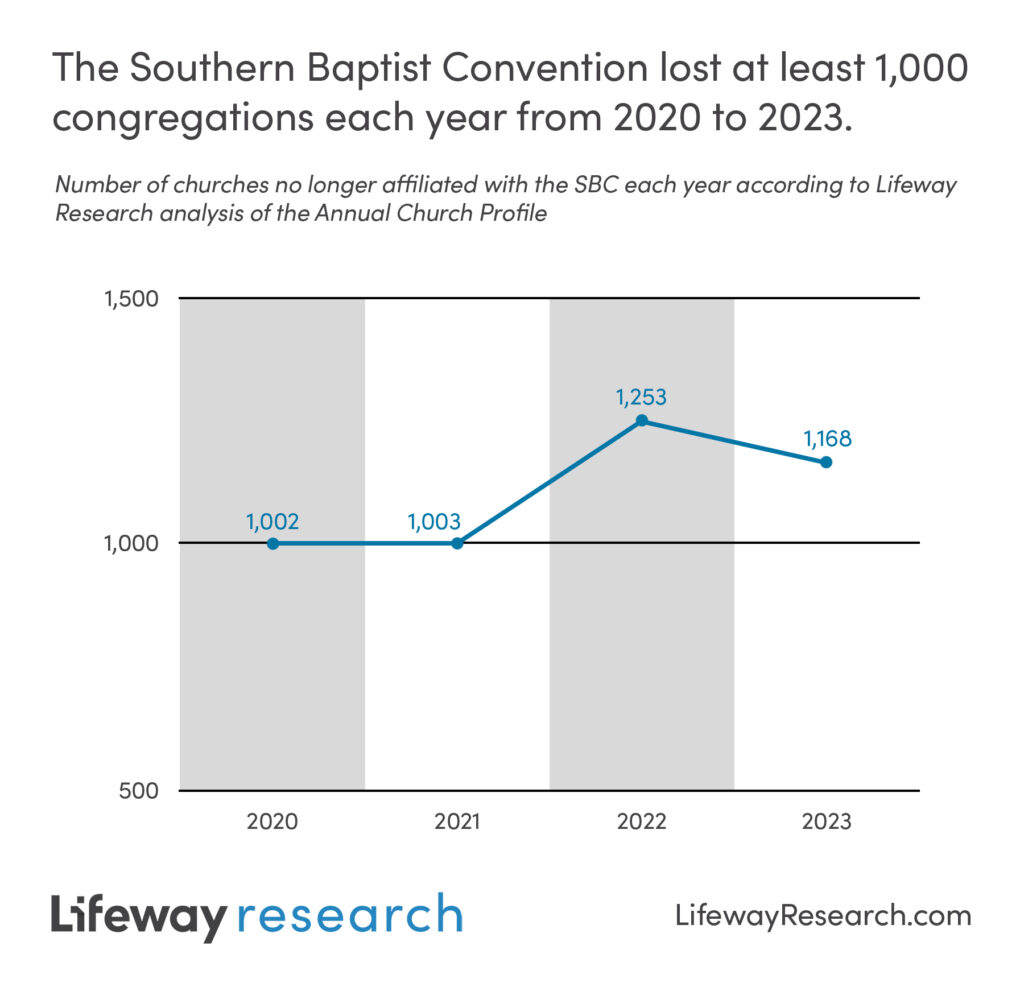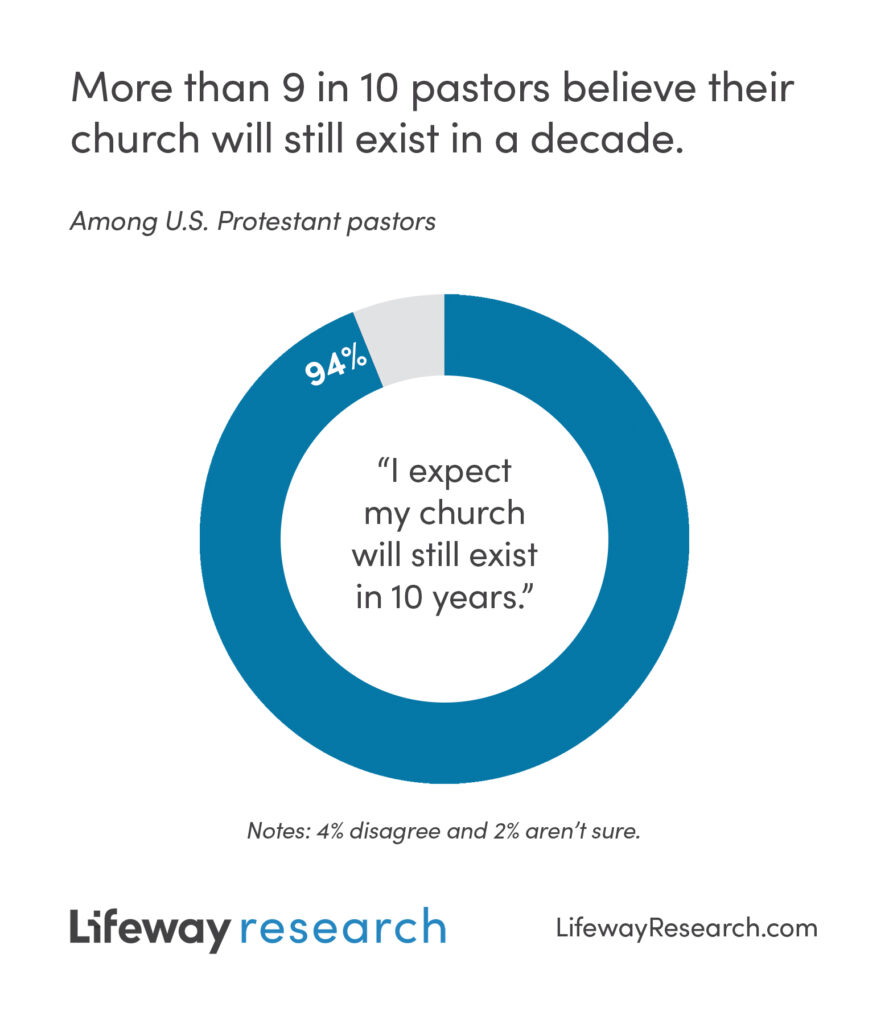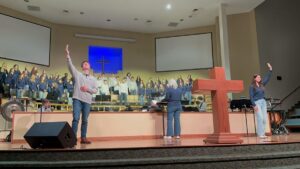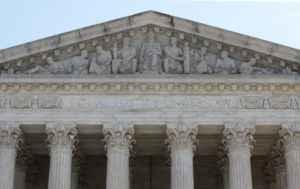
BRENTWOOD, Tenn. — Most pastors believe their churches will be around for at least another decade, but that’s not the reality for some.
According to a Lifeway Research study of U.S. Protestant pastors, 94 percent believe their churches will still exist in 10 years, 4 percent disagree and 2 percent aren’t sure. Yet, even among the more than 9 in 10 who are looking forward to an extended future, some doubt remains. Fewer than 4 in 5 (78 percent) strongly agree they expect their church to have at least another decade.
“The vast majority of pastors expect their church will have longevity,” said Scott McConnell, executive director of Lifeway Research. “Throughout the country, there are churches over 100 years old that illustrate this is not far-fetched. Most pastors value practices that reach new people and renew a congregation. The same optimism about the life expectancy of their church flows into their renewal efforts.”
Hope for the future
Some pastors are more likely to feel confident in their congregations’ future. Protestant pastors in the Northeast (97 percent) are more likely than those in the West (91 percent) to believe their church will still exist in 10 years. According to the most recent Pew Research Religious Landscape Study, however, regular church attendance is less common in the Northeast than in any other region, with 26 percent attending at least monthly. The Northeast is also the least Protestant region in the U.S., according to Pew Research.
Denominationally, more Pentecostal pastors (97 percent) than Presbyterian/Reformed pastors (90 percent) express confidence their church will be around for at least another decade.
Perhaps unsurprisingly, small church pastors feel the most anxiety over the future of the congregations they lead. Those leading churches with fewer than 50 in attendance are the least likely to agree their church will still exist in 10 years (88 percent) and most likely to disagree (8 percent).
“Small churches can be resilient for a long time, especially when their building is paid for,” said McConnell. “But when you can’t find someone to preach or face an unexpected expense, it can be too much for churches who are down to a handful of people.”
Southern Baptist spotlight
Recent analysis by Lifeway Research of the 2023 Annual Church Profile (ACP) of the Southern Baptist Convention found 900 congregations closed between 2022 and 2023.
Among the 49,842 active Southern Baptist congregations in 2022, 1.8 percent disbanded or closed and 0.5 percent left or were disaffiliated from the SBC by the time the 2023 data was compiled. This is the most recent data available, as the 2024 ACP will be released in the coming weeks.
Close to 1,000 Southern Baptist churches were planted during the same time frame to offset some of the losses, but the total number of congregations affiliated with the SBC dropped by 292 from 2022 to 2023.
“The last couple decades have seen many Americans who previously identified themselves as a Christian drop any religious identity,” McConnell said. “At the same time, the most heavily Christian generations have aged and are dying. These nationwide trends are also present among Southern Baptists, who have 3.3 million fewer members than in 2006. Fewer people mean fewer local congregations.”
Church planting efforts unable to fully replace church closures are part of a broader trend within U.S. Protestantism. Previous analysis by Lifeway Research of data from 34 denominations and groups representing 60 percent of U.S. Protestant churches found an estimated 3,000 churches were planted in 2019 but 4,500 closed.
Churches closing was the primary reason for the drop in congregations affiliated with the Southern Baptist Convention. More than 3 in 4 of those congregations (77 percent or 900 congregations) disbanded or closed. More than 1 in 5 (22 percent or 260) either left the Convention or were deemed not to be in friendly cooperation by the Convention. Of these 260, 12 are still affiliated with a Baptist state convention or local association.
Far fewer are no longer considered an active Southern Baptist congregation because they are a new church work and not yet a church (<1 percent or 2) or they exist as a ministry and not a congregation (1 percent or 6).
Among the congregations that closed and gave a reason (893 total), most (83 percent or 739 congregations) simply ceased to exist. More than 1 in 10 (12 percent) merged into another fellow Southern Baptist congregation. Fewer became a campus of another church (3 percent or 28), merged into a non-Southern Baptist church (1 percent or 13) or never got started as a congregation (1 percent or 9).
Information on church closings is not always available or obtained when it happens. Of the 739 that were included as disbanded in 2023, 153 had actually shut down in 2022 or before.
Slight drop in church closures
Fewer churches ceased being active members of the Southern Baptist Convention in 2023 compared to analysis by Lifeway Research of 2022 but the number remained higher than the numbers from 2021 or 2020. In 2023, 1,168 ended their affiliation, while 1,253 did so in 2022. The numbers in both years exceed the 1,003 that did so in 2021 and 1,002 in 2020.

The recent decrease comes primarily from a drop in church closures. Almost 100 fewer Southern Baptist churches closed in 2023 compared to 2022 (900 v. 994). In the most recent data, 739 disbanded or closed in 2023 compared to 813 in 2022.
More churches, however, left the Southern Baptist Convention or were disaffiliated (260 in 2023 v. 228 in 2022).
“Southern Baptists are different from some denominations, because participation is voluntary. Even notifying SBC entities that your church is disbanding is voluntary,” said McConnell. “Every local congregation is a living fellowship of believers that can experience growth, vibrancy, mere existence, decline, disbanding and even resuming meeting again.”
For more information, visit LifewayResearch.com and view the complete report on pastors’ views of their churches’ future and the ACP analysis.
Methodology
The phone survey of 1,003 Protestant pastors was conducted Aug. 8 – Sept. 3, 2024. The calling list was a stratified random sample, drawn from a list of all Protestant churches. Quotas were used for church size. Each interview was conducted with the senior pastor, minister or priest at the church. Responses were weighted by region and church size to more accurately reflect the population. The completed sample is 1,003 surveys. The sample provides 95 percent confidence that the sampling error does not exceed plus or minus 3.3 percent. This margin of error accounts for the effect of weighting. Margins of error are higher in sub-groups.
The final ACP congregation file for 2023, which includes both churches and church-type missions, was compared to 2022. Lifeway Research conducted a postmortem analysis to determine what happened to each congregation in the 2022 dataset not found in the 2023 dataset.
The primary sources used for this analysis were:
- Reason codes and notes provided by state conventions when congregations were marked inactive
- Affiliation data in SBCWorkspace for active congregations
There were 1,253 congregations in 2022 database not found in the 2023 dataset, with 72 that should not be in this analysis because they had no SBC affiliation in 2022 and either closed (21) or removed all remaining affiliations (51). Also, 13 should not be in this analysis due to errors in either 2023 or 2022. These include nine that should not have been in the 2022 file because they are duplicates of other congregations and four that it was since learned should have been active in the 2023 file. The accurate number of Southern Baptist congregations in the 2022 dataset that are not in the 2023 dataset is 1,168.
Special thanks is due to the data administrators and clerks in each state convention who entered this data in SBCWorkspace and provided notes to Lifeway.
























